Durham Cathedral and Castle: 'The Normans at their most audacious and expansive'
The view of Durham from the train is epic and defiant: the great central tower of the cathedral rising as if it were its own unconquerable cliff, a symbol of Christian civilisation that has endured centuries of hostile waves to stand triumphant.
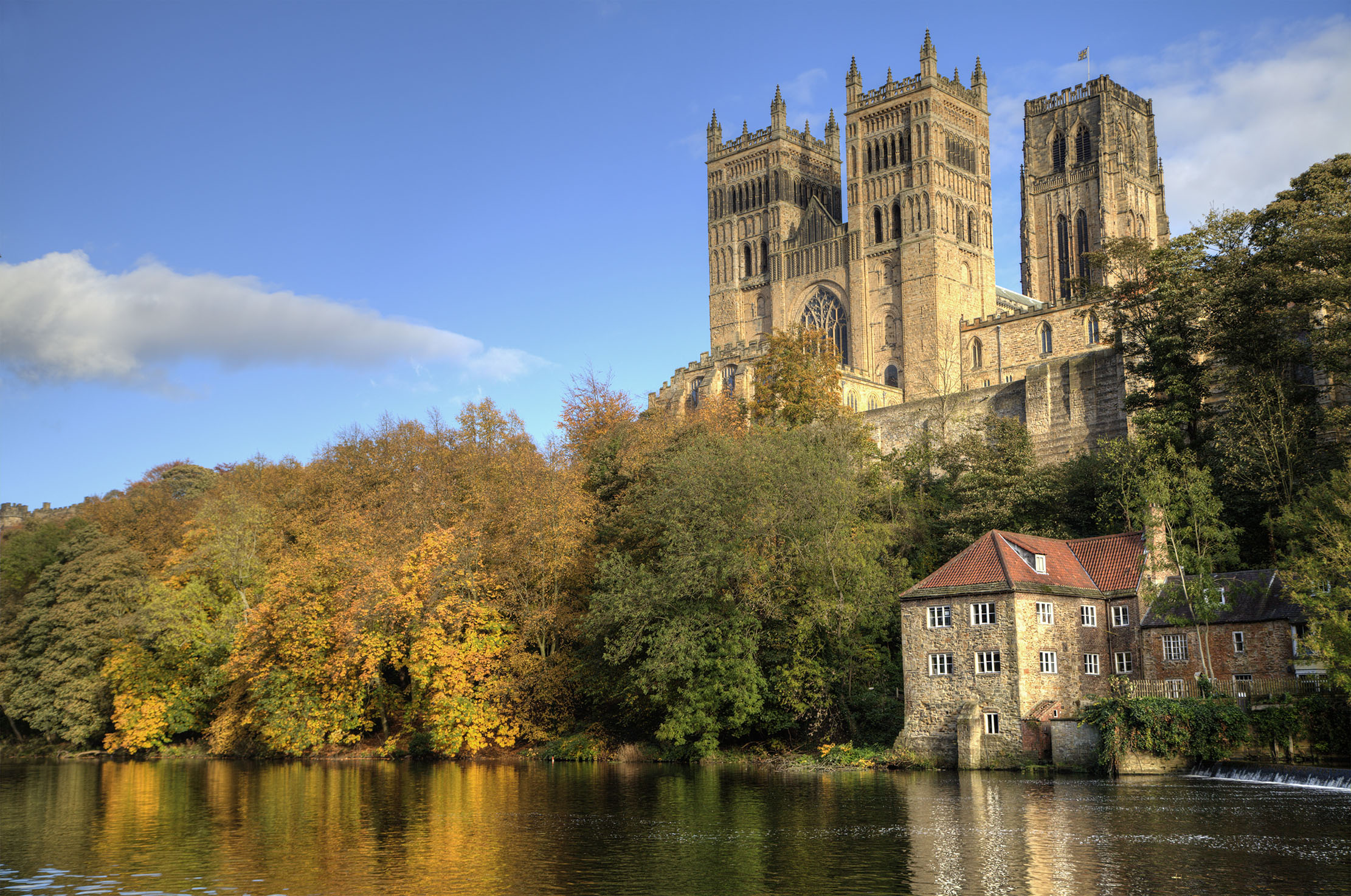

Western Europe is not short of spectacular medieval cathedrals and Durham stands comparison with the best. Whether glimpsed from the window when whizzing by on a train or inspected from the city’s many viewing points, its situation on a steep-banked sandstone bluff, the great towers looming above a woody bend of the River Wear, is unforgettable. It is also a significant building in the story of architecture, one of the finest Romanesque churches in Europe and unanimously recognised as a pioneering building in that tradition.
The cathedral is founded, quite literally, upon the corpse of Cuthbert (634–687), one of the most charismatic — if misogynist and vindictive — saints of the early English church. In a unique arrangement, his body, which remained incorrupt throughout the Middle Ages, possessed property and commanded a following like a living person. It was brought to Durham in 995 after more than a century of peregrinations around the north of England from its first resting place at Lindisfarne, where Cuthbert had died. By tradition, his coffin was brought to this empty hilltop and became miraculously rooted to the spot. The so-called ‘White Church’ was built over it, dignifying the site chosen by the saint himself.
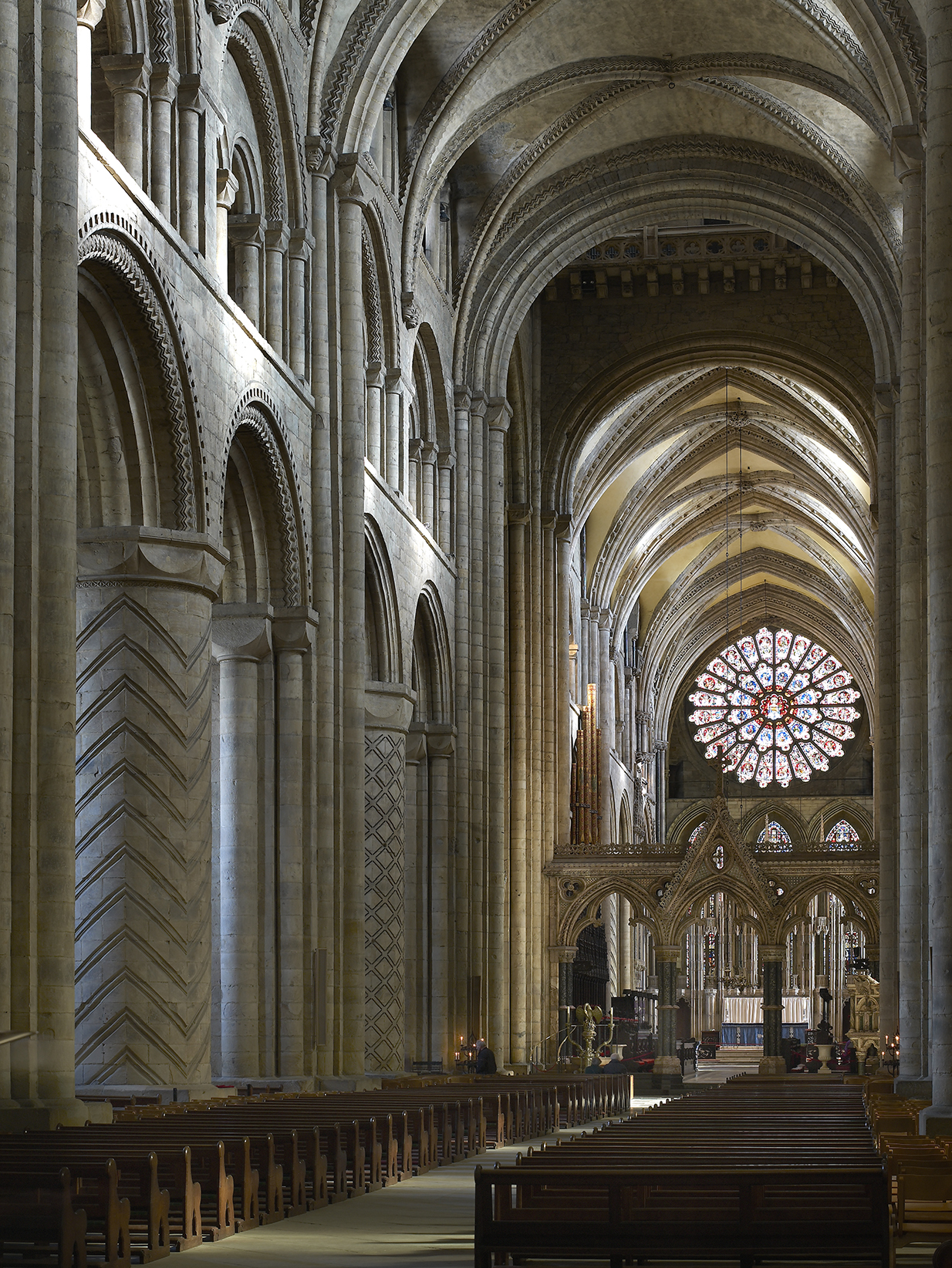
Durham developed as an English bulwark against the Scots and, in the Middle Ages, its bishops secured for themselves an exceptional combination of royal and ecclesiastical powers. They ruled what was known for a period as ‘The Saint’s People’ or Haliwerfolc and occupied the castle — first erected by William the Conqueror in 1072 — that stands next to the cathedral.
According to the chronicler Symeon, a member of the Benedictine community of monks at Durham (died after 1129), it was the Norman Bishop William of St Calais who ordered the construction of the new cathedral, the foundation stone of which was laid in 1093. After Bishop William died in 1096, his successor Ranulf Flambard saw the project through almost to completion in 1133.

The new cathedral, substantially completed within only 40 years, was laid out on a scale to rival any church in contemporary Christendom. Stone for the building was quarried and shaped into neatly cut blocks. These are laid in courses of consistent depth. In a project of this scale, that alone represents a huge technical achievement. The forms of the building were drawn from Roman architectural example and the whole interior was planned — perhaps for the first time in the history of European architecture — with vaults of stone articulated by intersecting ‘ribs’ throughout its extent. These vault ribs help link the internal elevations of the building visually, carrying the eye from side to side across the interior. Such articulation of vaults is an idea later explored to great effect in Gothic design, as is the structural use of the pointed arch — which is used to define each section or bay of the Durham vault — and the flying buttress; at Durham, great arches of stone concealed beneath aisle roofs counteract the thrust of the high vault.
"What survives today is extraordinary"
Despite these innovative structural details, the building nevertheless retains the monumental spirit of the Romanesque. This is manifest in the alternating drum and composite piers of the main arcades, which immediately seize the eye of the visitor on entering. The former are decorated with carved diamond, chevron and spiral patterns ingeniously created using a kit of mass-produced stone blocks. They have the visual effect of drawing together the spaces of the aisle into the main volume of the building.
In the 13th century, the east end of the church was redeveloped to improve the setting of the shrine and, in the 1370s, the intricate high altar reredos known as the Neville Screen was erected. It was designed in London, carved using stone from Caen and shipped north to Newcastle in pieces.
Exquisite houses, the beauty of Nature, and how to get the most from your life, straight to your inbox.
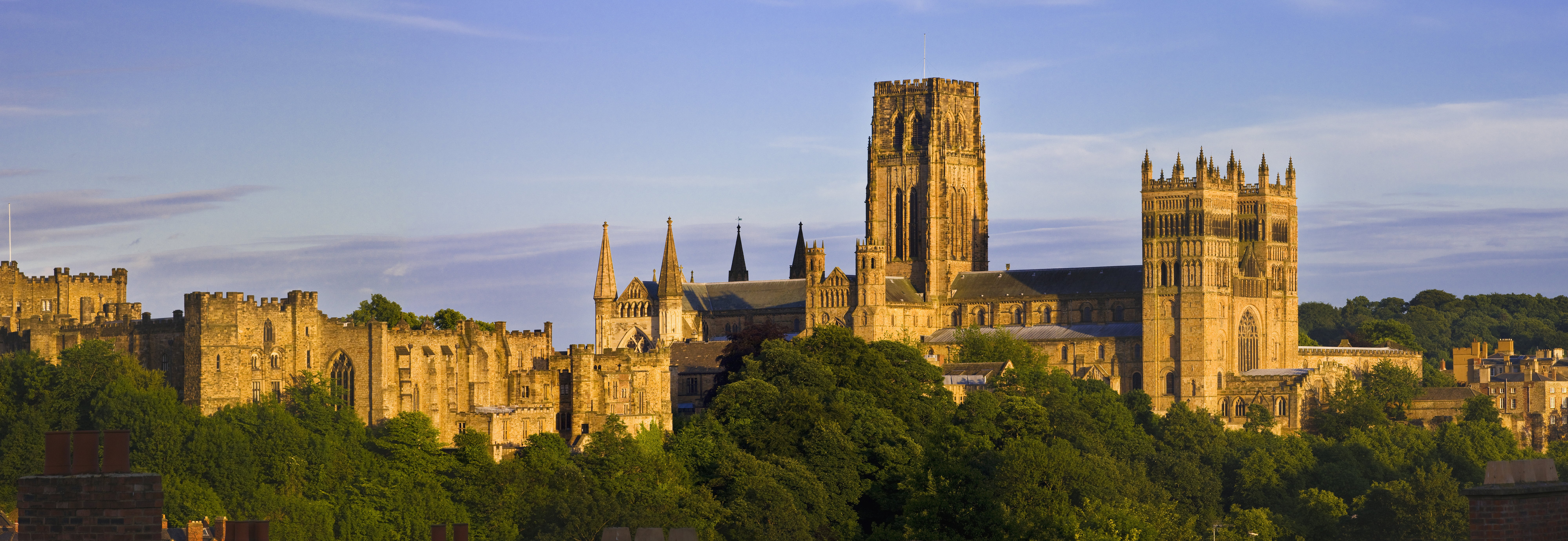
St Cuthbert had a medieval reputation for misogyny and women were consequently not allowed into the eastern end of the nave or choir. A line of Frosterley marble slabs demarcating the area prohibited to them can still be seen in the nave floor.
What survives today is extraordinary. Not only is the cathedral intact and all the more impressive from the stylistic unity that comes from much of it having been built as a piece, but large parts of the priory are also extant.
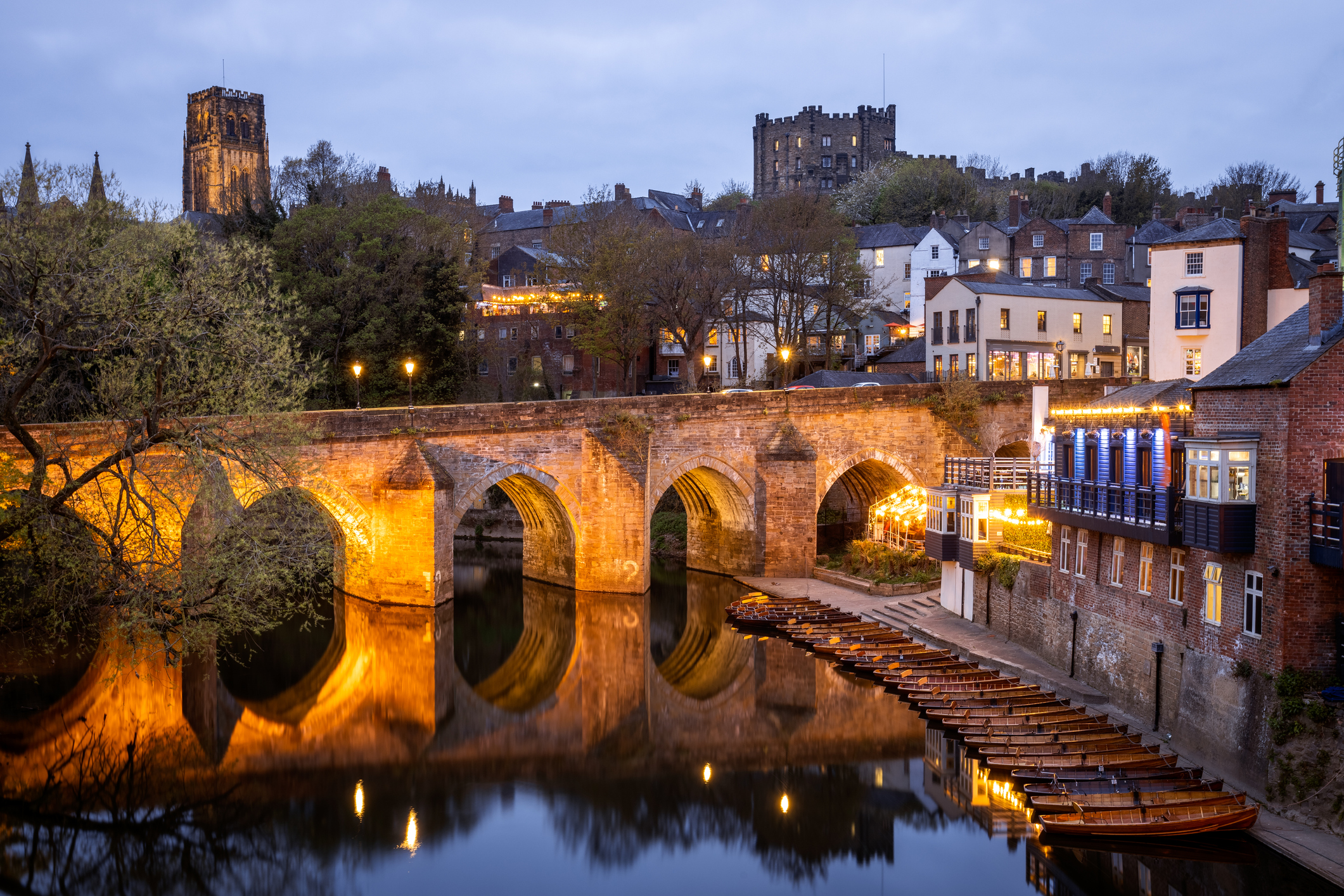
Quotes about Durham Cathedral
‘Durham still gives the impression which it gave Dr Johnson — one of “rocky solidity and indeterminate duration”’ — Francis Bond, ‘The Cathedrals of England and Wales’ (1912)‘Architecturally, Durham Cathedral has no equal among Anglo-Romanesque buildings... It is the least altered of all Norman churches in England’ — G. H. Cook, ‘Portrait of Durham Cathedral’ (1948)‘Durham, indeed, shows that the Normans, at their most audacious and expansive, were capable of building on a scale never attempted since the Romans’ — Paul Johnson, ‘British Cathedrals’ (1980)
How to visit Durham Cathedral and Durham Castle
Durham is 20 miles south of Newcastle and on the same road and rail main routes to the north-east's biggest city. You won't miss the cathedral, which sits at the top of the hill in the ancient medieval city. Entry is free but there's a suggested donation of £5 — see durhamcathedral.co.uk.
The rest of Durham is just as worthy of your time, especially Durham Castle, which together with the cathedral is listed as a UNESCO World Heritage site. The castle is owned by the university; students at Castle college (which is officially known as University College) can even live in the castle, fulfilling all their wildest Harry Potter fantasies with stone staircases and meals in the Great Hall. It's also open to visitors, at £5 for a tour — see dur.ac.uk/durham.castle.


Pevensey Castle, East Sussex: The Roman castle that was still being used in World War II
When William the Conqueror landed at Pevensey, he moved in to the nearby castle — one which had already stood for
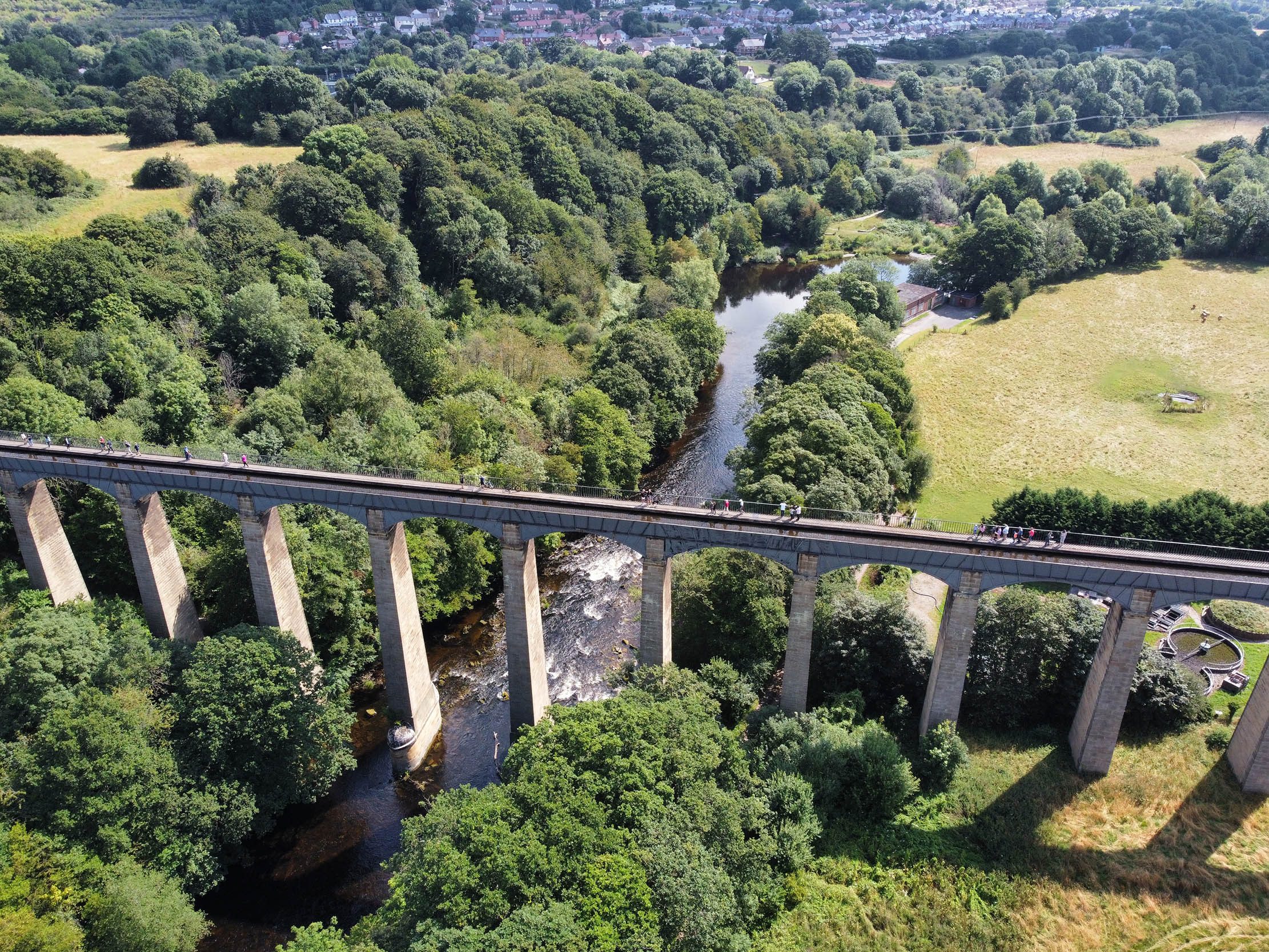
The Pontcysyllte Aqueduct: Thomas Telford's 'ribbon of water in the sky'
The magnificent Pontcysyllte Aqueduct is one of the great testaments to Industrial Revolution ingenuity — and as beautiful as it is
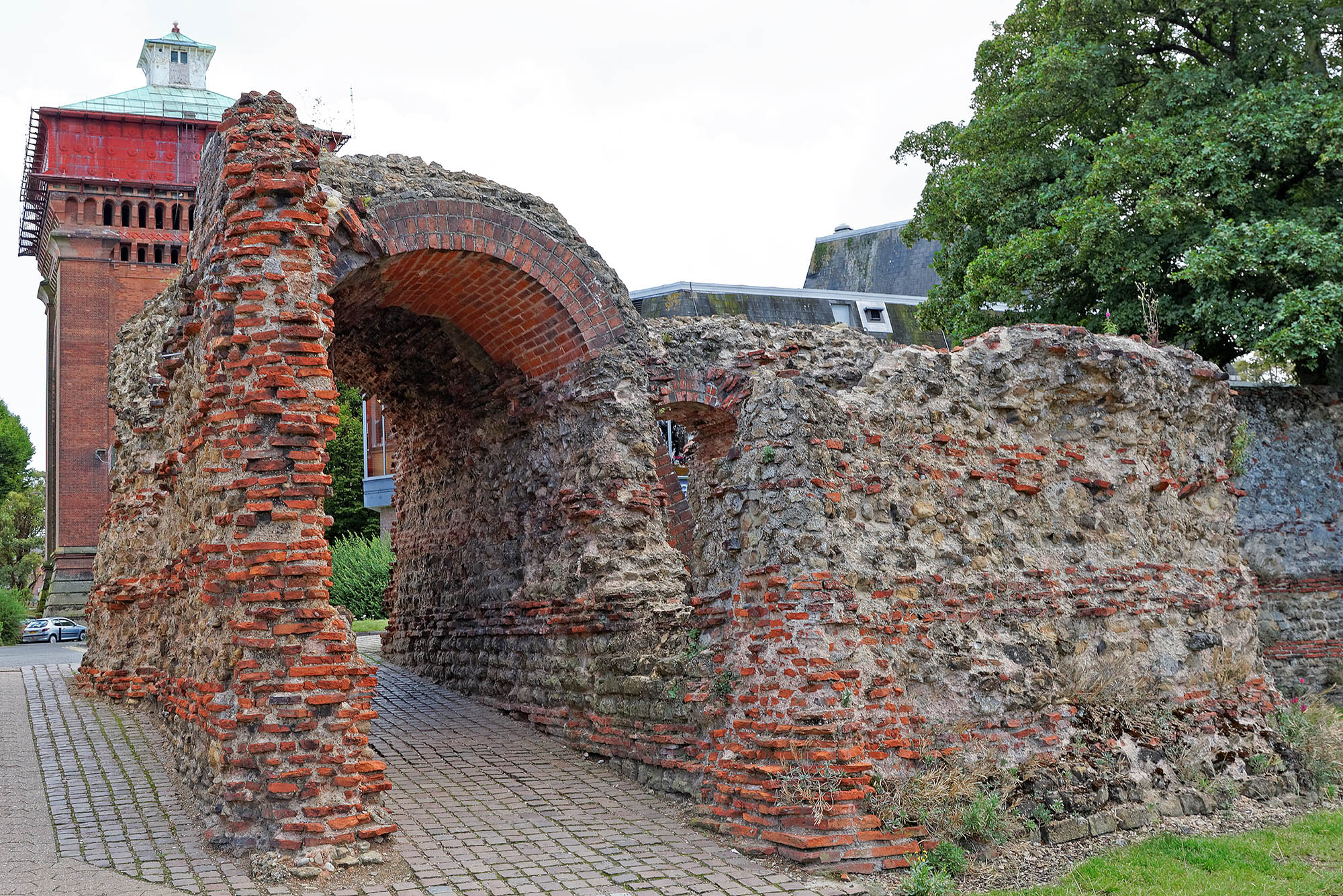
Colchester, Essex: The purpose-built capital city of Roman Britain
Clive Aslet considers the town that was one of Roman Britain's greatest cities — and even, for a while, its capital:
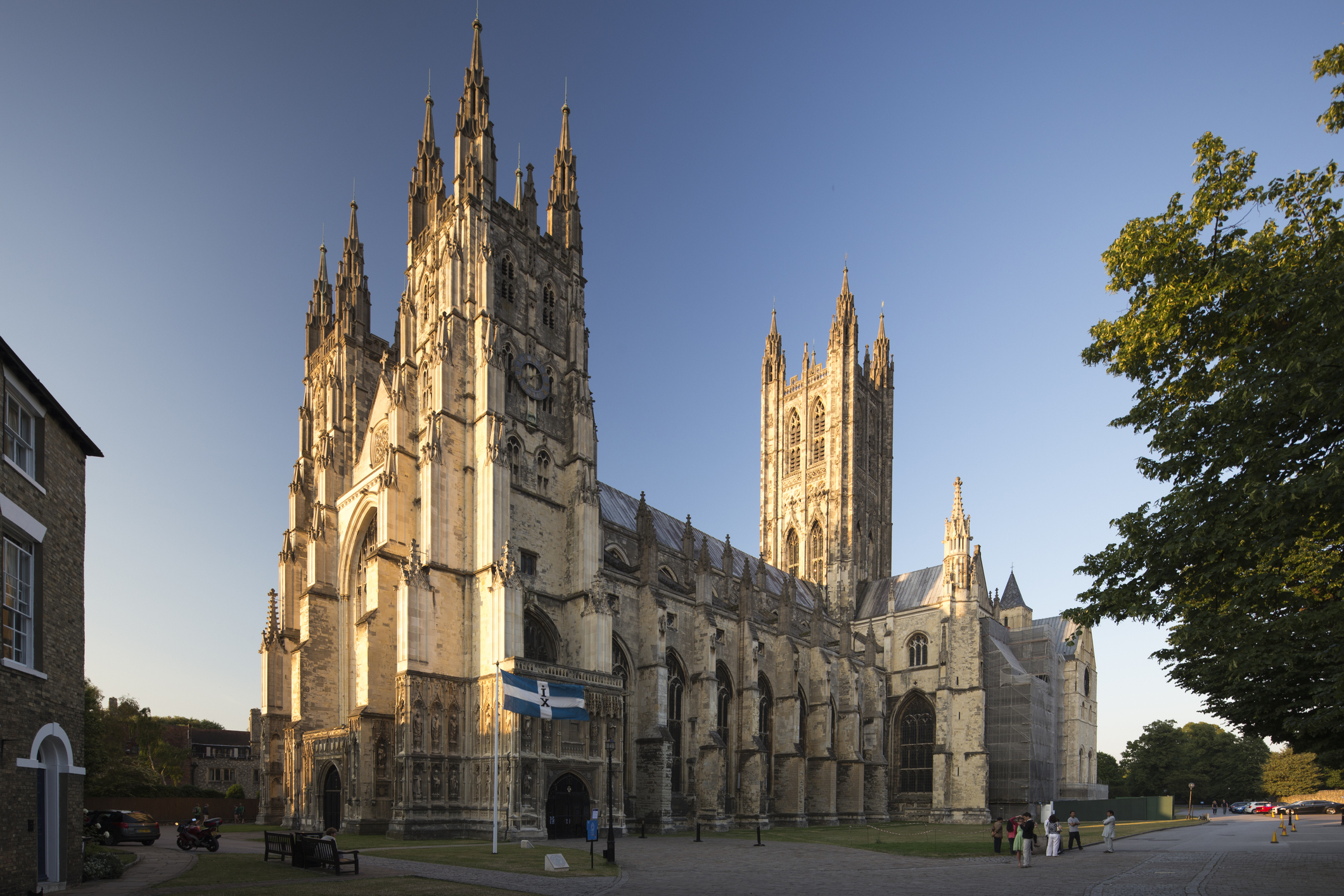
Canterbury Cathedral: Architectural wonder, place of worship, and site of one of history's most infamous murders
Canterbury Cathedral is the seat of the Church of England, the end of the nation's most famous pilgrimage route, and

Skara Brae: The prehistoric village on Orkney that's older than Great Pyramid of Giza
The best-preserved Neolithic settlement in Europe isn't in a French cave or an Italian hillside; it's Skara Brae on Orkney,

The Uffington White Horse, Oxfordshire
Thousands of years ago, ancient Britons created a vast and spectacular stylised portrayal of a horse in the hills of
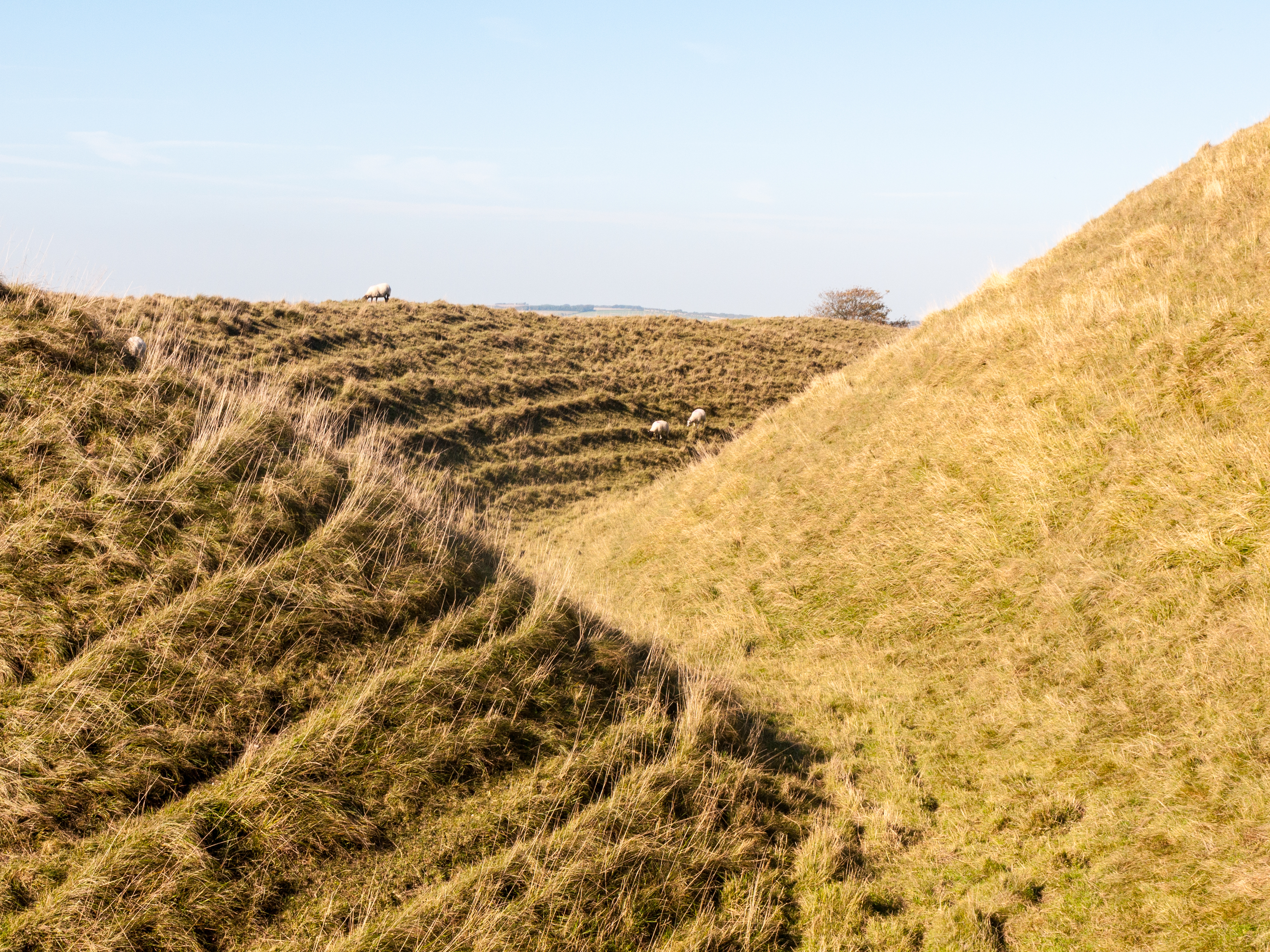
Maiden Castle, Dorset: An ancient hill fort the size of 50 football pitches
The mysterious and ancient Maiden Castle occupies a vast site in Dorset. Clive Aslet takes a look.
Jack Watkins has written on conservation and Nature for The Independent, The Guardian and The Daily Telegraph. He also writes about lost London, history, ghosts — and on early rock 'n' roll, soul and the neglected art of crooning for various music magazines
-
 A slick looking off-roader that's a far cry from its rustic rural roots — Volvo EX30 Cross Country
A slick looking off-roader that's a far cry from its rustic rural roots — Volvo EX30 Cross CountryThe latest iteration of Volvo's Cross Country is flashy, fast and stylish. But is that what a Volvo Cross Country is supposed to be?
-
 The golden retriever: The world’s most likeable dog almost didn’t exist at all
The golden retriever: The world’s most likeable dog almost didn’t exist at allThey’ve been popping up everywhere this week — on the Tube, at Christmas parties and in the news — so it feels like the perfect moment to talk about the dog breed we’re lucky to have.
-
 10 of Scotland’s most magical white sand beaches
10 of Scotland’s most magical white sand beachesWhat better day to celebrate some of Scotland's most stunning locations than St Andrew's Day? Here's our pick of 10 of the finest white sand beaches in the country.
-
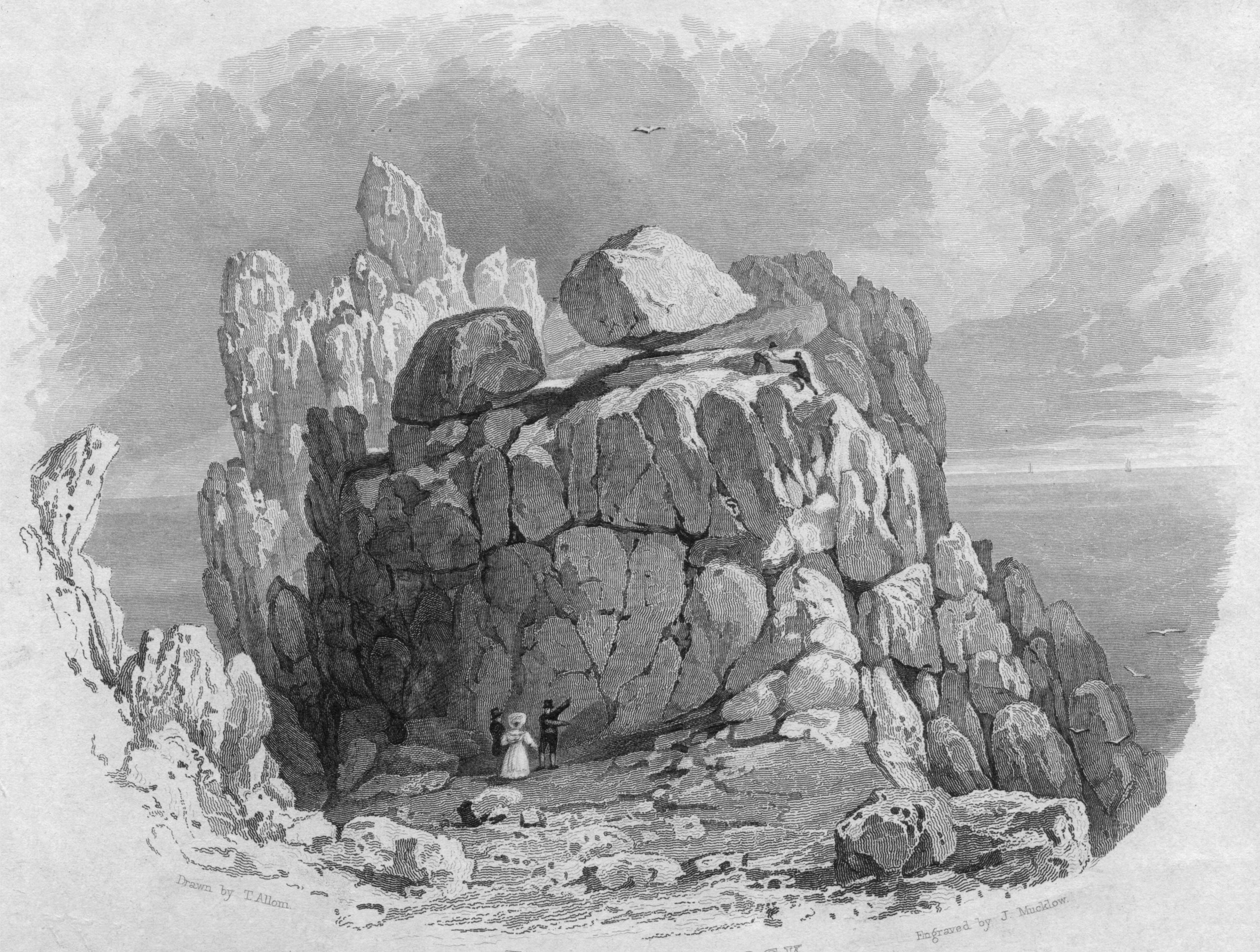 Curious Questions: Who dislodged Britain's most famous balancing rock?
Curious Questions: Who dislodged Britain's most famous balancing rock?A recent trip to Cornwall inspires Martin Fone to tell the rather sad story of the ruin and restoration of one of Cornwall's great 19th century tourist attractions: Logan Rock at Treen, near Land's End.
-
 Henley Festival: 13 things you'll see at the 'posh Glastonbury'
Henley Festival: 13 things you'll see at the 'posh Glastonbury'Revellers in ball gowns and dinner jackets, turning up on board £200,000 boats to dance and party while knocking back magnums of vintage champagne? It can only be the extraordinary Henley Festival, the high-end musical extravaganza that's a sort of Glastonbury-on-Thames for the (very) well heeled. We sent Emma Earnshaw along to see what it was like.
-
 The best open air theatres in Britain
The best open air theatres in BritainAmid the sweet chestnuts, walnuts and cobnuts of a Suffolk farm, a natural amphitheatre has been transformed into a glorious sylvan venue for touring companies to tread Nature’s boards. Jo Cairdv pays a visit to the mesmerising Thorington Theatre, and picks out three more of the finest outdoor performance venues in Britain.
-
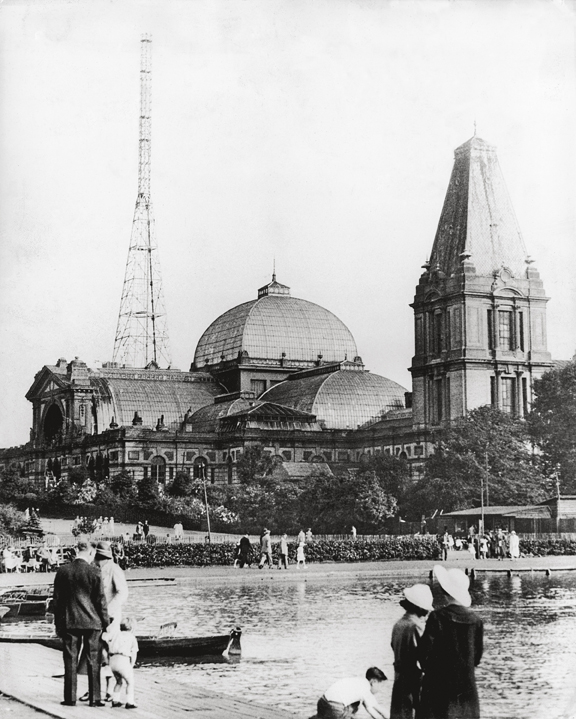 Alexandra Palace: How it's survived fires, bankruptcy and even gang warfare in 150 years as London's 'palace of the people'
Alexandra Palace: How it's survived fires, bankruptcy and even gang warfare in 150 years as London's 'palace of the people'Alexandra Palace has suffered every imaginable disaster, yet remains enduringly popular even a century and a half after its official grand opening. Martin Fone takes a look at the history of one of Britain's great public buildings.
-
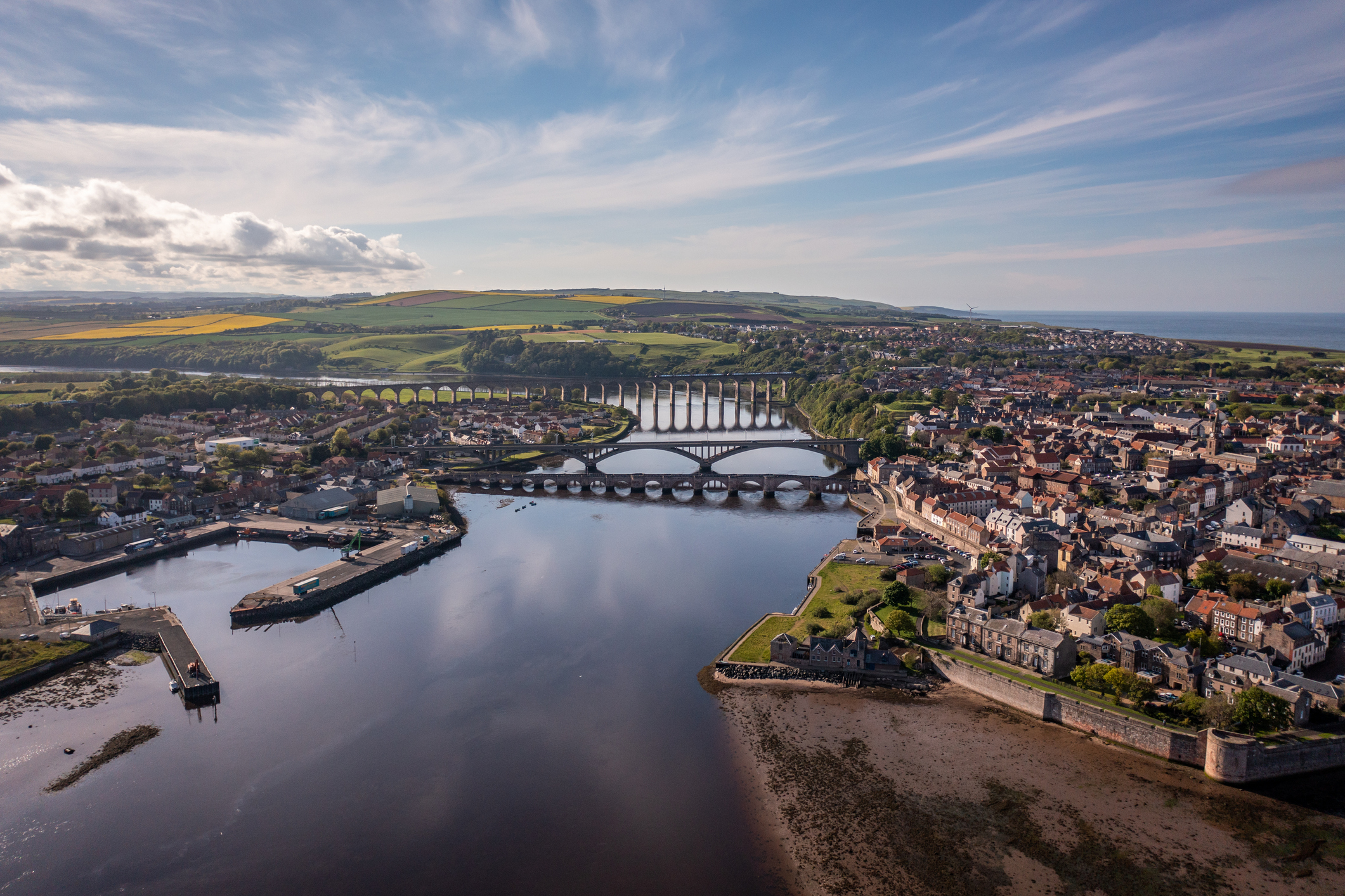 Berwick-upon-Tweed, Northumberland: The spectacular border town with a castle that changed hands 13 times
Berwick-upon-Tweed, Northumberland: The spectacular border town with a castle that changed hands 13 timesBerwick-upon-Tweed spent centuries as a pawn in Anglo-Scottish conflict; today, it's a charming border town with spectacular sights. Clive Aslet takes a look.
-
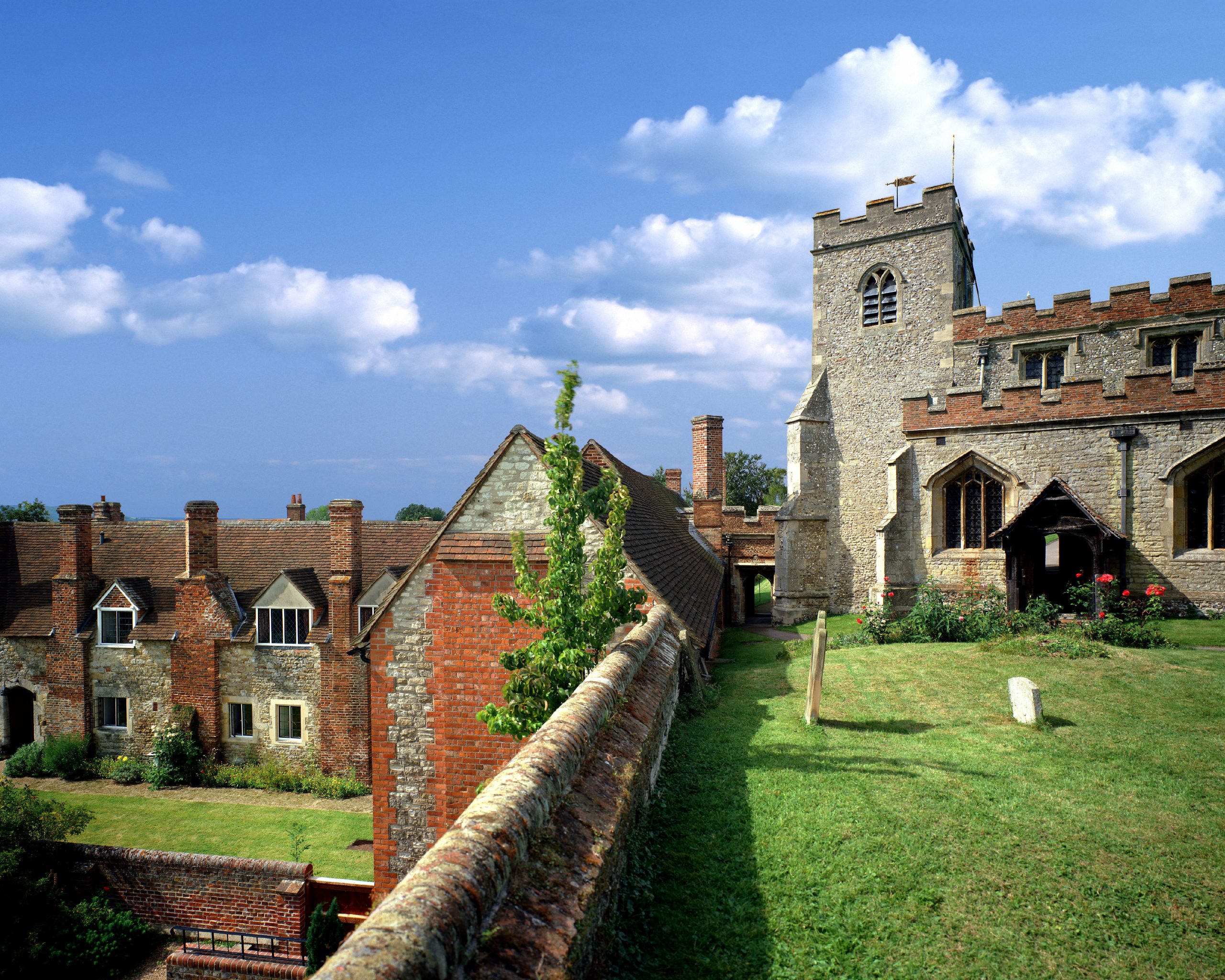 Ewelme, Oxfordshire: The medieval almshouses set up by Chaucer's grand-daughter and still running today
Ewelme, Oxfordshire: The medieval almshouses set up by Chaucer's grand-daughter and still running todayCountry Life's 21st century Grand Tour of Britain stops off at the remarkable church and almshouses at Ewelme, Oxfordshire.
-
 The Flying Scotsman: How the first 100mph locomotive became the most famous train in the world
The Flying Scotsman: How the first 100mph locomotive became the most famous train in the worldThe first train to officially hit 100mph may not even have been the first, and didn't hold the rail speed record for long; yet a century later its legend is undimmed. Jack Watkins celebrates the Flying Scotsman.
